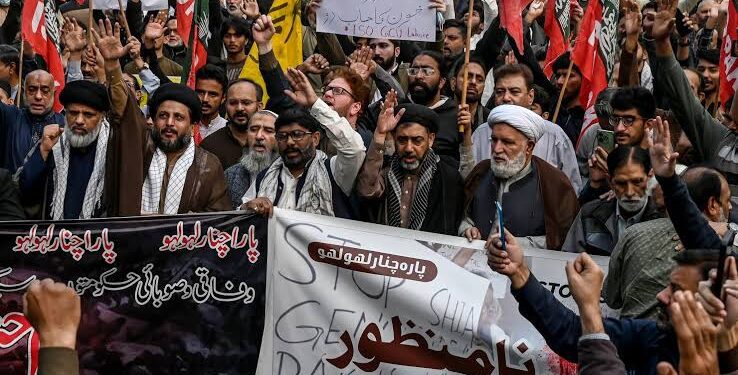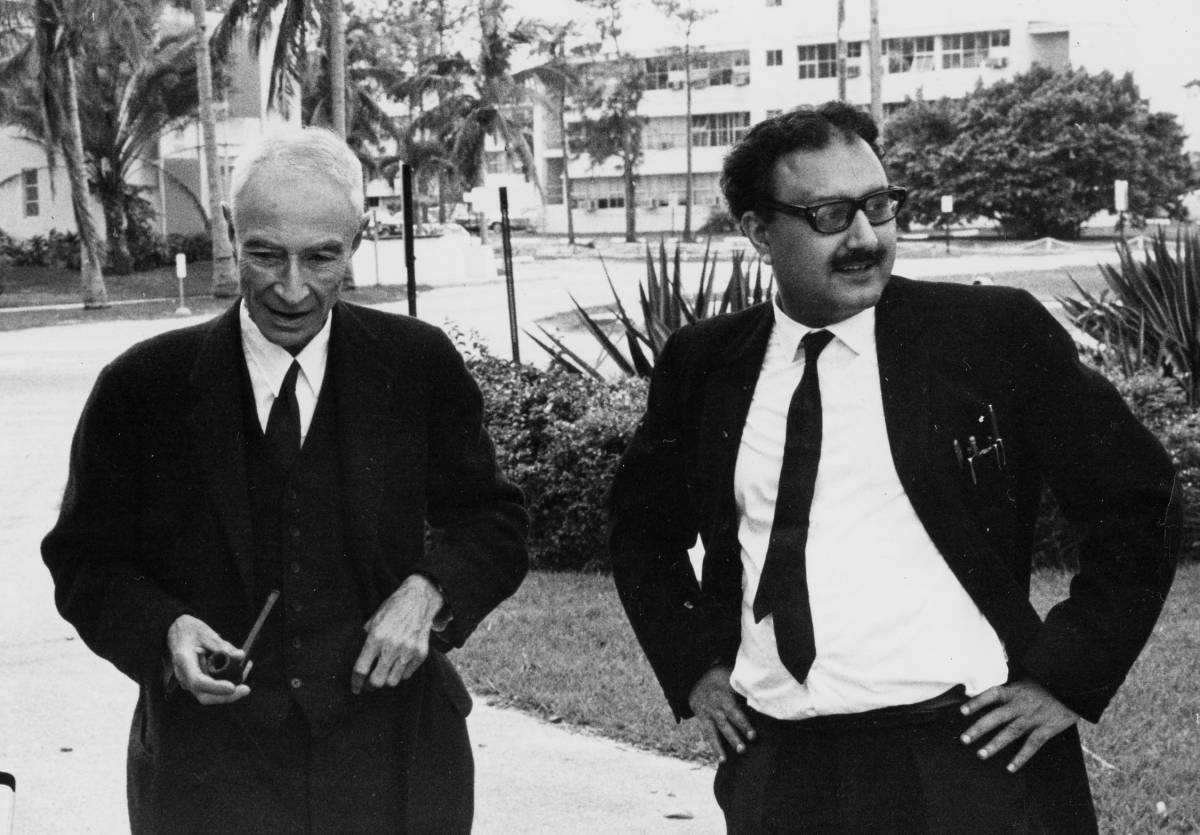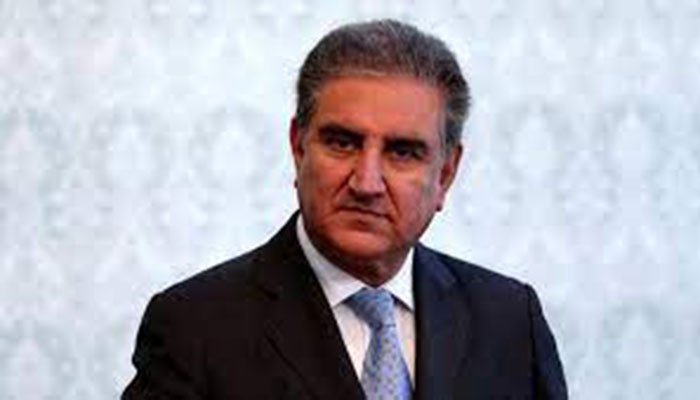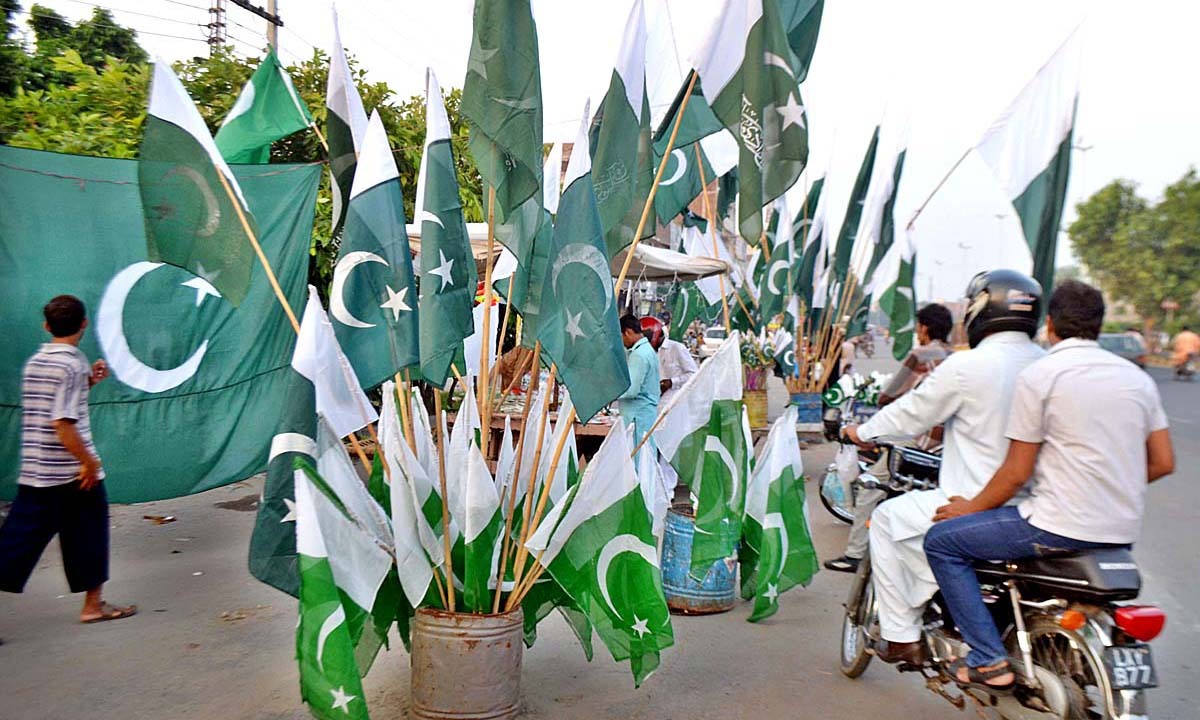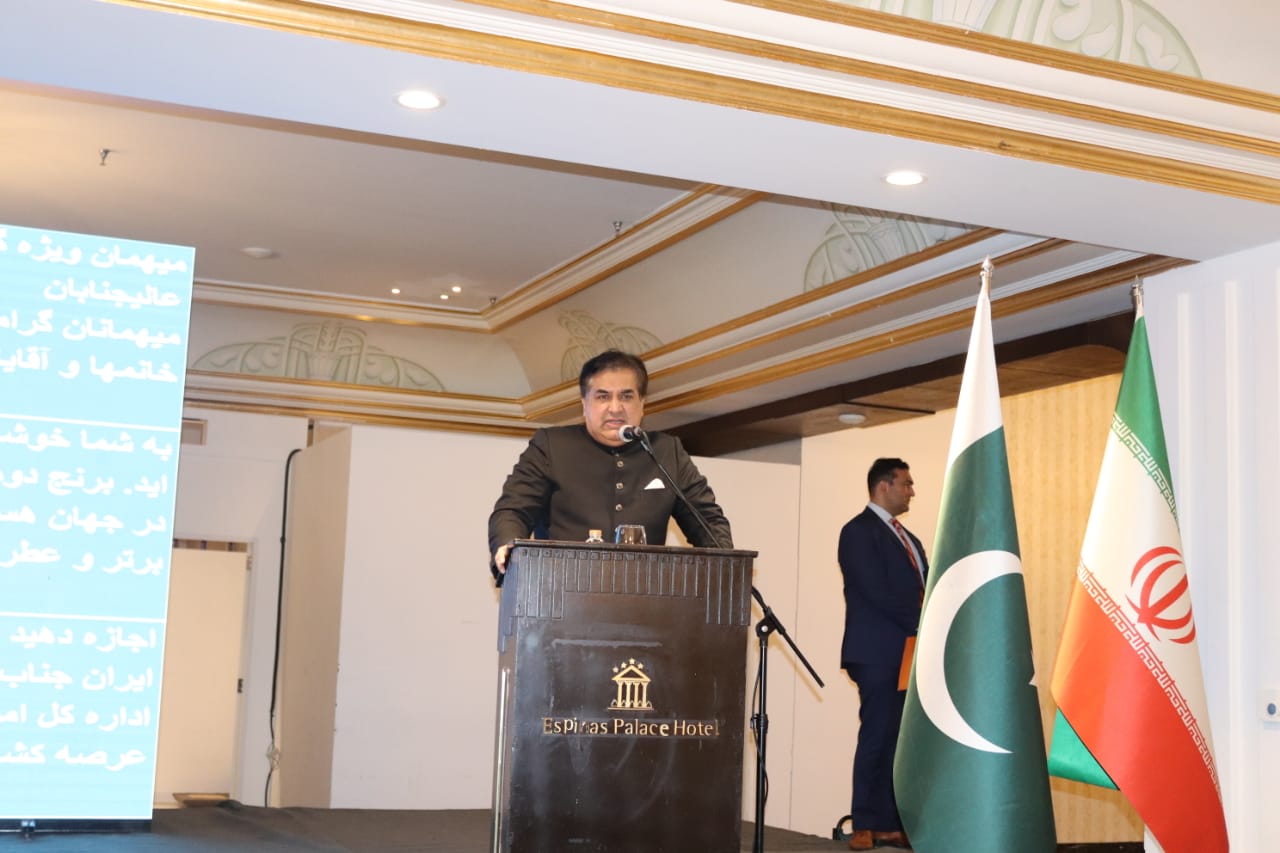In 2025, Parachinar, a volatile region in Pakistan’s Kurram District, aimed for peace through a significant agreement. Local tribal leaders, the Taliban, and the Pakistani government signed it. However, the deal has raised doubts rather than provided answers. Parachinar’s people still face violence, instability, and increasing Taliban influence. Women and children continue to suffer the most. The agreement, intended to bring peace, seems to fuel more conflict. The international community questions if it can end decades of suffering in the region.
Background: The History of Sectarian Tensions in Parachinar
Parachinar, located near the Pakistan-Afghanistan border, has experienced sectarian violence for decades. The region’s Shia population, which coexists in a predominantly Sunni area, has often been the target of violent attacks. Shia communities have been facing targeted attacks from militant Sunni groups. Organizations like Sipah-e-Sahaba Pakistan (SSP), Lashkar-e-Jhangvi (LeJ), and the Islamic State of Iraq and the Levant (ISIL) have repeatedly orchestrated brutal killings in the region. These groups not only destabilize Parachinar but also stoke sectarian tensions across Pakistan. These tensions intensified in the 1980s when the Soviet-Afghan war spilled over into Pakistan, creating a fertile ground for militancy.
The Taliban took advantage of these divisions, further deepening the sectarian rift. The violence escalated during the 1990s and early 2000s, with deadly attacks, bombings, and blockades. In 2007, a siege on the region resulted in severe shortages of food and medical supplies, which worsened the humanitarian crisis. Despite these persistent issues, the Pakistani government has struggled to address the root causes of the violence.
The 2017 Peace Deal: A Fragile Hope for Resolution:
In 2017, Pakistan’s government brokered a peace agreement in an effort to resolve the sectarian violence. The deal included joint patrols by Sunni and Shia leaders, promises of economic development, and plans for integrating the Federally Administered Tribal Areas (FATA) into Khyber Pakhtunkhwa.
However, this agreement failed to bring lasting peace. The Taliban remained active in the region, and the government’s development initiatives were slow to materialize. Distrust between locals and the state persisted, and the Taliban continued to manipulate sectarian divisions to their advantage.
The 2023 Peace Deal: A Fragile Attempt at Stability
The 2023 peace deal, signed in an attempt to break the cycle of violence, includes provisions for joint security committees, disarmament, and economic development projects. It also promises improvements in women’s rights, such as better access to education and healthcare. While the deal has raised hopes for stability, its success remains uncertain.
One of the key concerns is the growing influence of the Taliban in the region. The group’s involvement in the peace process raises alarms about whether the deal could empower the Taliban further. Critics argue that the Taliban’s involvement may undermine the potential for genuine peace and instead foster extremism. Furthermore, the lack of clear, actionable commitments has hindered the deal’s implementation.
Key Provisions of the Peace Deal
1. Joint Security Committees
The peace deal established joint security committees with Sunni and Shia leaders to prevent sectarian violence. These committees aimed to foster communication and trust, with support from local security forces, to prevent extremist elements from gaining influence.
2. Economic and Infrastructure Development
The deal promised infrastructure development, including roads, schools, and hospitals, to improve living conditions and reduce extremism. However, the implementation has been slow, with many residents feeling neglected.
3. Political Integration and Representation
The agreement facilitated Parachinar’s integration into Khyber Pakhtunkhwa, providing greater political representation and access to government resources. This was aimed at improving governance and transparency.
4. Disarmament of Militants
The deal called for disarming local militias and reducing the Taliban’s presence. However, enforcement has been difficult due to the strong influence of militant groups in the region.
5. Commitment to Women’s Rights
The agreement promised enhanced protection for women, including access to education and healthcare. However, the ongoing dominance of extremist factions has hindered the implementation of these provisions.
Challenges to Implementation
1. Local Resistance to State Authority
Some hardline Sunni groups and Taliban sympathizers have resisted the deal, undermining efforts to disarm militias and reduce violence.
2. Infiltration of Taliban and Other Militants
The Taliban’s continued presence in the region has created an environment of fear, preventing locals from fully participating in peace-building efforts.
3. Limited Financial Investment
Despite promises of economic development, infrastructure remains in disrepair, and the government has struggled to deliver promised investments.
4. Sectarian Tensions and Political Divisions
Sectarian divisions between Sunni and Shia groups persist, with mutual distrust fueling ongoing violence.
Key Terms of the Peace Deal
1. Co-governance Model
A shared governance system between tribal leaders and the Taliban was established, but concerns about local authority under Taliban control persist.
2. Security Guarantees
The Taliban agreed to provide security in exchange for territorial control, with the Pakistani military assisting in border security. Locals fear this arrangement may enable the Taliban to impose extremist laws.
3. Sectarian Peace
The deal aimed to end sectarian violence through joint councils, but deep mistrust and the Taliban’s involvement pose significant obstacles.
4. Development Initiatives
The government pledged investment in infrastructure, but corruption and inefficiency have delayed progress.
5. Women’s Rights
The agreement allowed for “cultural autonomy” regarding women’s rights, but the Taliban’s influence raises concerns about the implementation of these provisions.
Recent peace Deal- 2024
The recent conflict began in November when a convoy attack killed 40 people. In the following weeks, 130 more died, with some victims reportedly beheaded, while an 84-day blockade crippled the region. A 14-point peace deal signed last week aims to end this violence, but conflicting accounts about its legitimacy have cast doubt on its success.
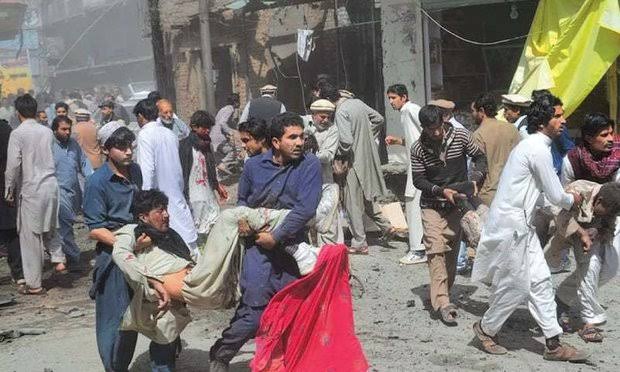
The newly signed agreement aims to address the humanitarian crisis in Kurram. It promises the lifting of the blockade on Parachinar, the region’s main town. The agreement also prohibits the display of weapons, dismantles bunkers, and sets mechanisms for resolving land disputes.
However, the deal is already shrouded in controversy. Shia leader Sajid Turi claims that only 25% of tribal leaders endorsed the agreement. According to Turi, this limited support exposes deep divisions and risks the agreement’s collapse. He also warns about the Taliban’s rising influence in Kurram.
In contrast, Sunni leader Haji Saleem Orakzai claims overwhelming support for the deal. He says 90 out of 92 tribal chiefs signed the agreement, emphasizing unity among local leaders. These conflicting claims highlight the fragile foundation of the peace deal and raise concerns about its sustainability.
Peace agreements in the past have been signed under pressure, only to collapse within months. This history raises further skepticism about the current deal’s sustainability.
The Taliban and other extremist groups have exploited sectarian divides, using Parachinar as a base for expanding their influence.
Despite their active presence, the state has often appeared complicit or unwilling to confront these groups effectively. This inaction not only emboldens militants but also signals a lack of commitment to the safety of Shia populations.
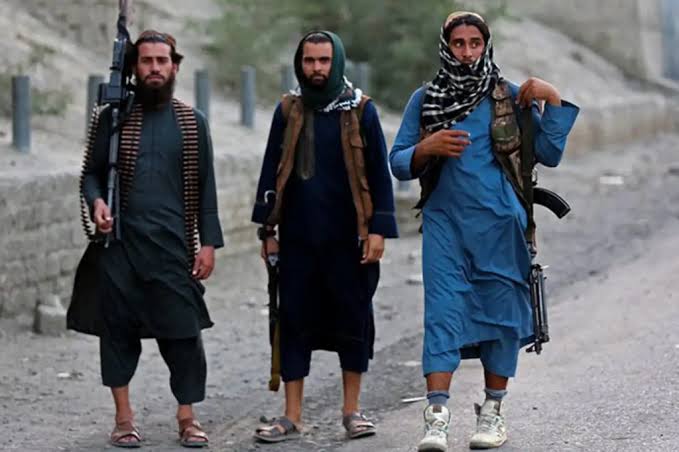
Groups like LeJ and SSP have openly operated under different banners, such as the Ahle Sunnat Wal Jamaat (ASWJ), often holding rallies and inciting violence with impunity. These organizations enjoy political and social space despite their violent histories, underscoring the state’s failure to adopt a zero-tolerance policy toward extremism.
The Taliban’s Growing Influence
The Taliban’s growing presence in Parachinar is a significant threat to the region’s stability. Their involvement in the peace process has raised concerns about their true intentions. While they have promised to maintain security, their actions suggest otherwise.
The Taliban’s recruitment efforts and enforcement of their extremist laws have deepened sectarian tensions. Many fear that the group’s involvement in local governance will legitimize their oppressive policies and undermine the potential for lasting peace.
The State’s Failure to Protect Shia Communities
The Pakistani state has consistently failed to provide accountability for massacres targeting Shia Muslims in Parachinar and beyond. No comprehensive investigations have been conducted, and the few that occurred have led to no meaningful convictions. This absence of justice deepens the wounds of Shia communities and fuels distrust toward state institutions.
Moreover, security forces have often responded with excessive force against Shia protesters across Pakistan. These crackdowns, instead of addressing genuine grievances, exacerbate tensions and reinforce perceptions of state apathy. The Sunni-centric policies introduced during General Zia-ul-Haq’s regime continue to dominate the government’s approach, leaving Shia communities feeling marginalized and vulnerable.
The Pakistani government’s approach to Parachinar has been reactive rather than proactive. Despite military interventions, the state has failed to address root causes like poverty and marginalization. The 2018 merger of FATA with Khyber Pakhtunkhwa aimed to improve governance but has faced bureaucratic delays and insufficient funding.
The government’s failure to curb the Taliban’s influence further erodes trust. Locals feel abandoned, creating a power vacuum that militants exploit. Without a coherent strategy, Pakistan struggles to maintain peace in the region.
Crackdowns on Protesters: A Symptom of State Bias
Protests by Shia communities against sectarian violence have often met harsh crackdowns from security forces. Instead of addressing the underlying grievances, authorities have suppressed dissent, leaving communities further alienated. The state’s actions reflect a broader Sunni hegemonic outlook that disregards the voices of Shia citizens.
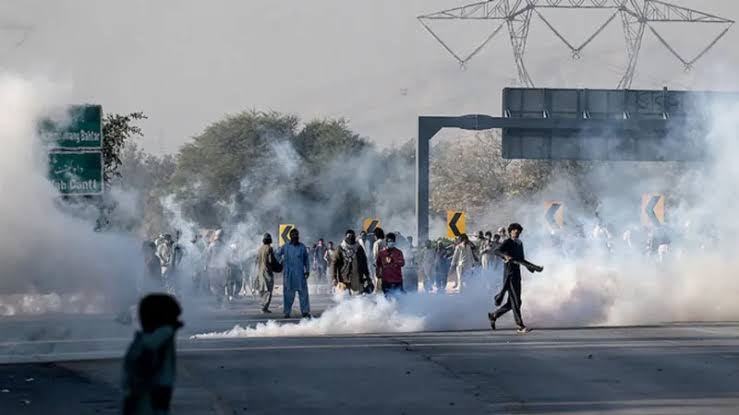
In 2017, when Shia protesters in Karachi demanded justice for Parachinar victims, the state responded with force rather than dialogue. Such incidents not only highlight state bias but also deepen the fractures within Pakistan’s diverse society.
What Lies Ahead for Parachinar?
Parachinar’s future depends on addressing the root causes of its unrest. The peace deal must prioritize trust-building between communities and the state. Economic development and basic services should reach all residents, fostering stability and hope.
The Pakistani government must adopt a firm stance against militancy and ensure border security. International pressure may also play a role in holding Pakistan accountable for protecting its citizens, particularly women and children.
Can the State Prevent Another Collapse?
The Pakistani government must play a decisive role in ensuring the peace deal’s success. Independent verification of the agreement’s signatories is essential to dispel doubts. Additionally, state forces must neutralize militant elements that threaten stability.
If the state fails to enforce the pact and resolve disputes impartially, the deal risks becoming yet another short-lived truce in Kurram’s turbulent history. The residents of Kurram, having endured immense suffering, deserve more than temporary fixes.
Related Stories:
Pakistan’s Parachinar Crisis Overshadowed by Political Priorities
Rising Tensions in Parachinar: Sectarian Violence and Terrorist Attacks Shake Kurram District
What is Happening in Parachinar, Pakistan?
Peace returns to NW Pakistan as sectarian clashes in Kurram district end

